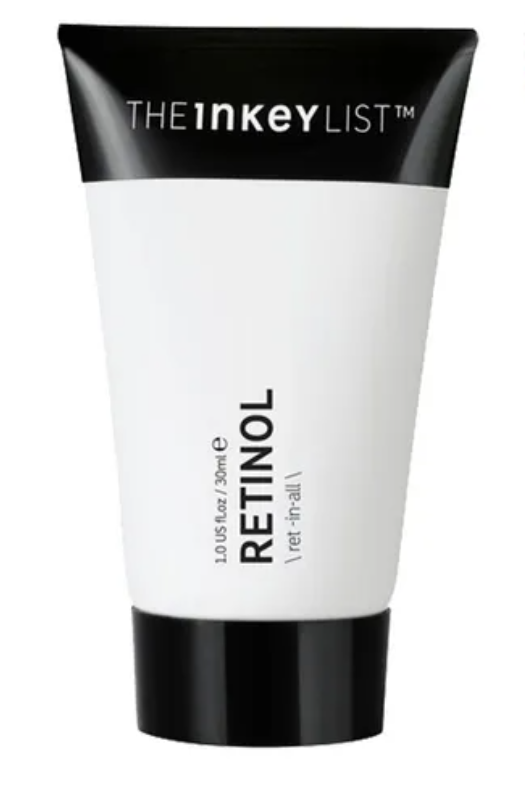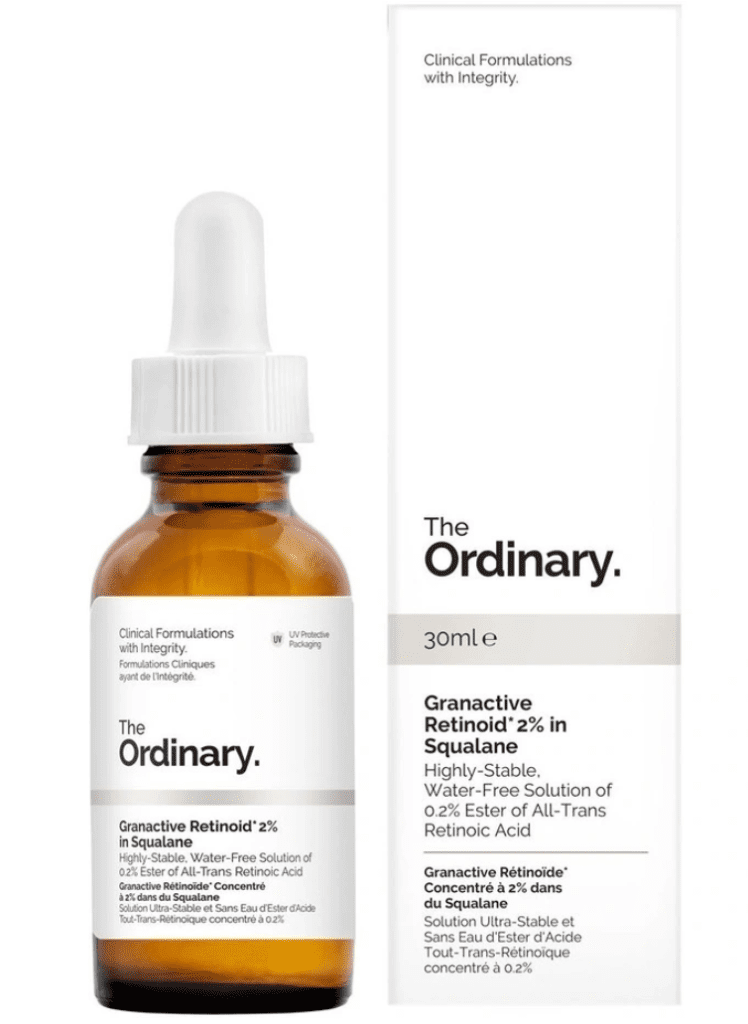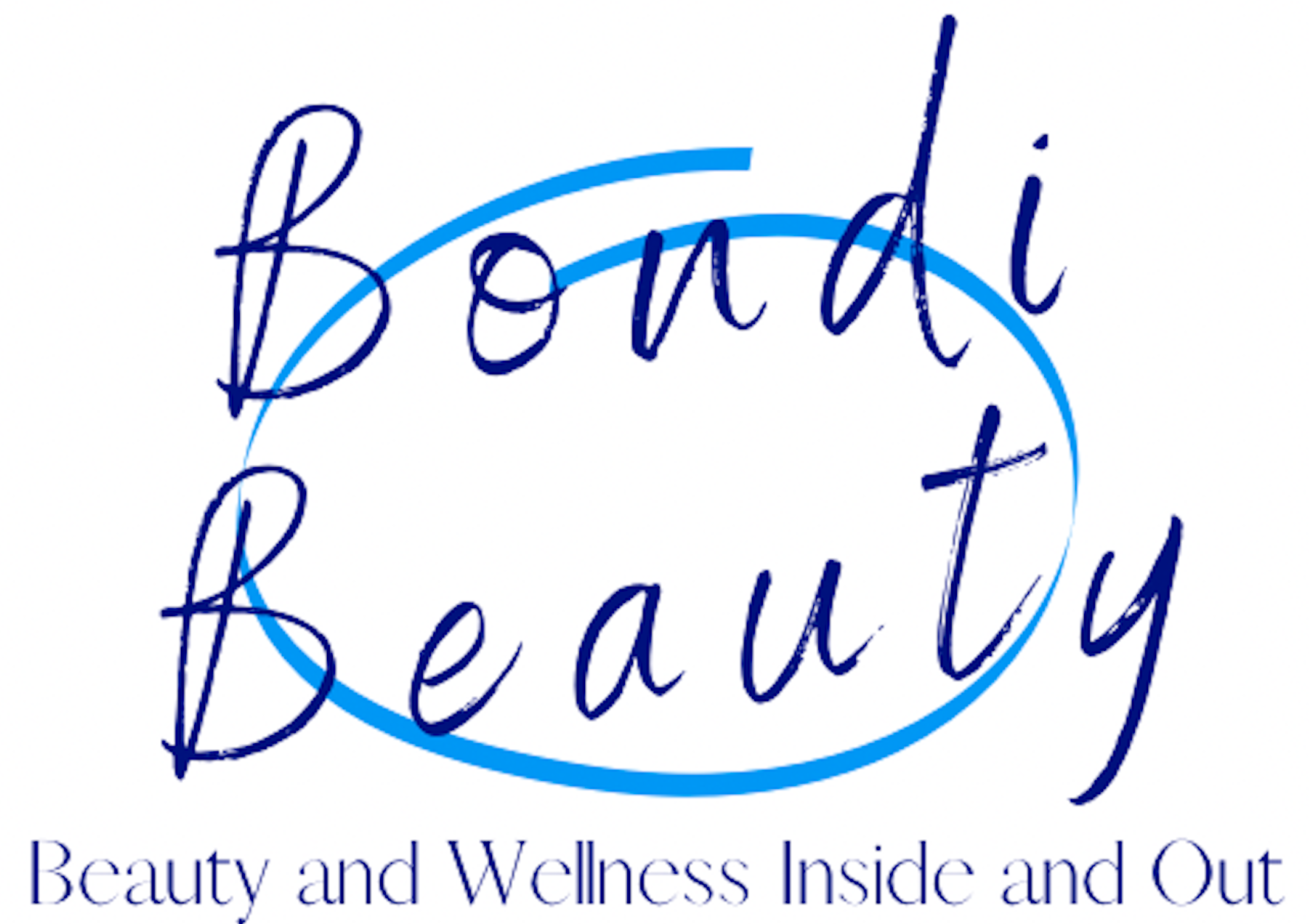Retinol is one of the most powerful skincare ingredients and is still a game changer for skin.
The 101 of Retinol: How to get started and what to avoid.
According to every skincare expert and beauty influencer on Tik Tok, retinol takes the crown as the most effective active skin care ingredient around. So, it’s important to understand what it is, how to use it and what to avoid when using it, to ensure glowy, clear skin.
What is retinol?
Retinol is a type of retinoid derived from vitamin A and used to help treat fine line, wrinkles, acne and overall skin health.
Vitmain A is packed with antioxidant properties and is essential for many processes in the body such as cell division, vision, growth, reproduction and immunity. For skin health in particular, vitamin A speeds up healing, prevents breakouts, supports skin’s immune system and promotes natural moiturising. It can be found in two sources. One group, called carotenoids is found in plants such as leafy green vegetables while the other group, known as retinoids, comes from animal sources such as meat, fish and dairy products.
Studies have shown vitamin A penetrates deep into skin cells, boosting the production of collagen and elastin, which is beneficial in reducing inflammation, brighten and smooth skin tone, and make skin look younger.
It’s considered a hero ingredient by many skin experts and beauty lovers, because the results often leave skin feeling ageless.
Here’s how to get started using retinol, and what to avoid when starting.
Retinol is made using active ingredients exfoliating the skin on a cellular level. Because of this, retinol has many possible but preventable side effects including redness, swelling, blistering, dryness and flakiness of skin.
Like all skincare products, there is a right and wrong way to use retinol. To maximise the benefits and prevent any adverse effects, here are 5 things to avoid using to prevent further skin damage and ensure youthful clear skin.
- Excessive sun exposure. This is the most important step to avoid redness, blistering, sun damage and subsequent flaky skin. Retinol causes the skin to become sensitive to sunlight making the skin more prone to sun damage and more likely to burn. It is important to use a mineral sunscreen with a SPF of 15.
- Damp skin: Putting retinol on damp skin. Ensure the face is completely dry before applying a retinol. This will decrease the chances of any skin irritation. Once the retinol has dried, use a moisturiser to keep the skin hydrated.
- Using too much too often. Consider skipping retinol in the morning and incorporate it into your night time routine 3-4 times a week. Retinol isn’t a moisturiser so just a small pea sized amount is perfect. Remember, a little goes a long way.
- Wax and laser procedures. Retinol deeply penetrates into the skin encouraging cell turnover causing skin to be fragile and sensitive. To prevent burns and irritation, its best to cancel that eyebrow and upper lip laser appointment.
- Exfoliators. Since retinol can increase skin sensitivity and dryness it is recommended to avoid ingredients such as vitamin C, AHA/BHA acids and benzoyl peroxide. Instead, use these ingredients on alternate days.
Unsure what retinol to use? Here are 4 retinols perfect for beginners.
Perfect for beginners, this best budget retinol contains a combination of squalene, vitamins and a low dose of retinol which isn’t harsh on the skin and absorbs well. Although, it does have a stronger scent than other retinols.
Coming from a cult favourite brand, this affordable retinol by the Ordinary is a medium-strength solution that fights against signs of aging without the irritation.
This plant-based retinol is perfect for sensitive skin. With added niacinamide and hyaluronic acid, this retinol also brightens and hydrates.
A more expensive option is this retinol serum which harnesses the science of “micro dosing” by producing a formula that is sensitive enough to use on daily use if required, minimising redness, dryness and peeling.
There is always the risk of side effects so for any further concerns and questions always consult with a doctor or dermatologist.







